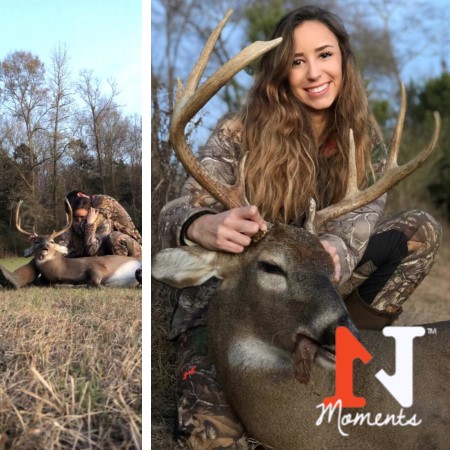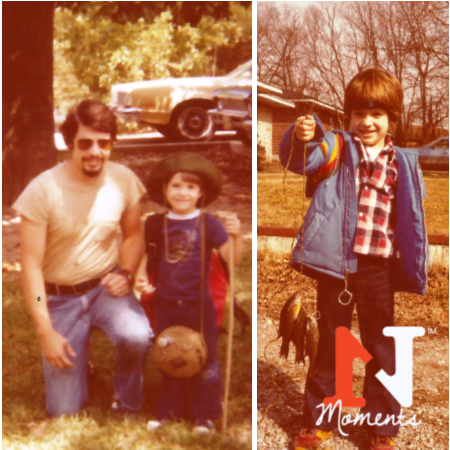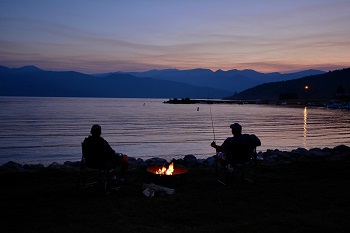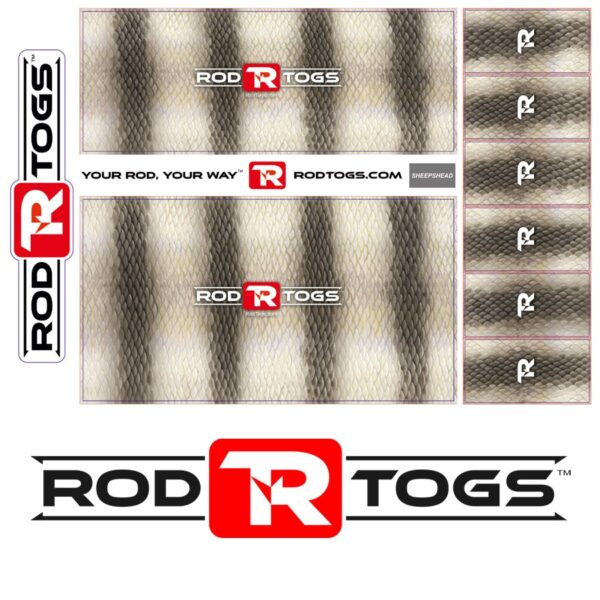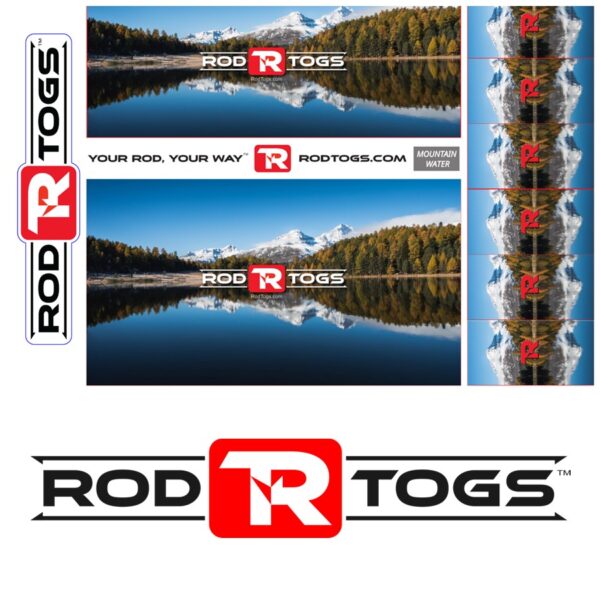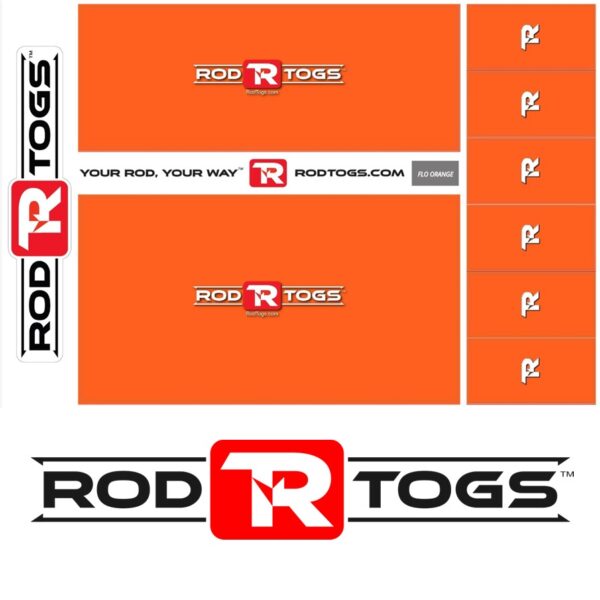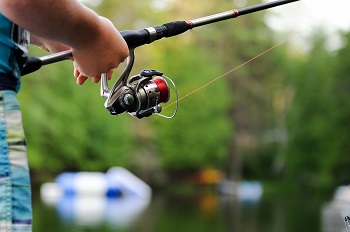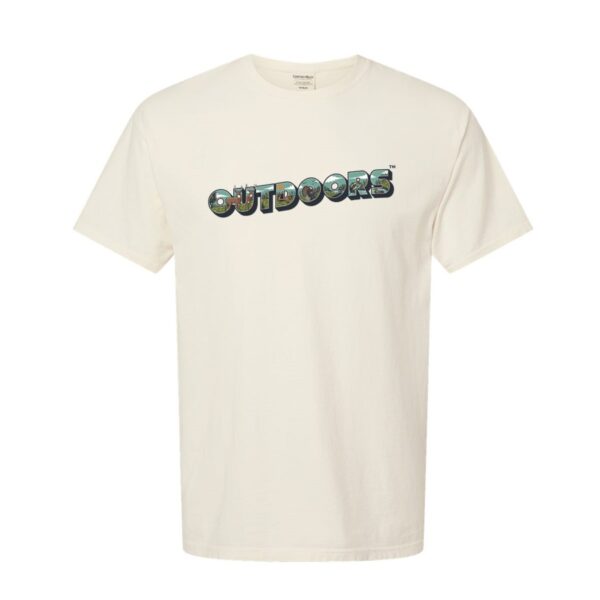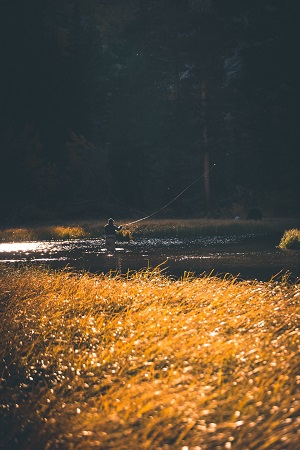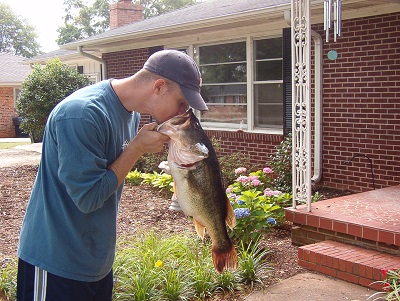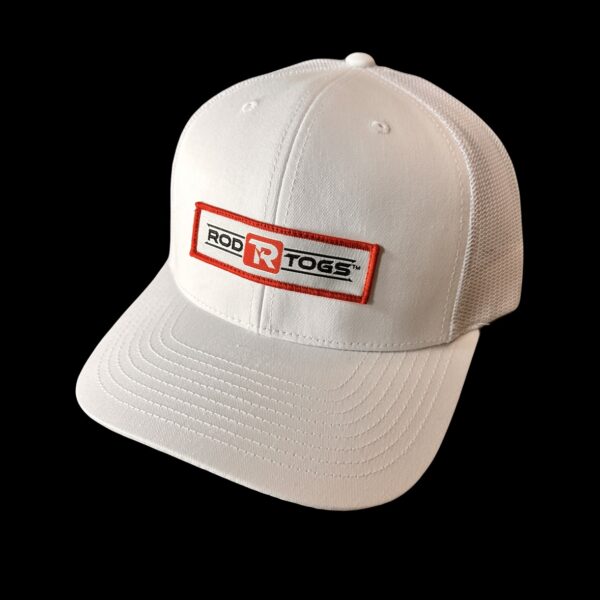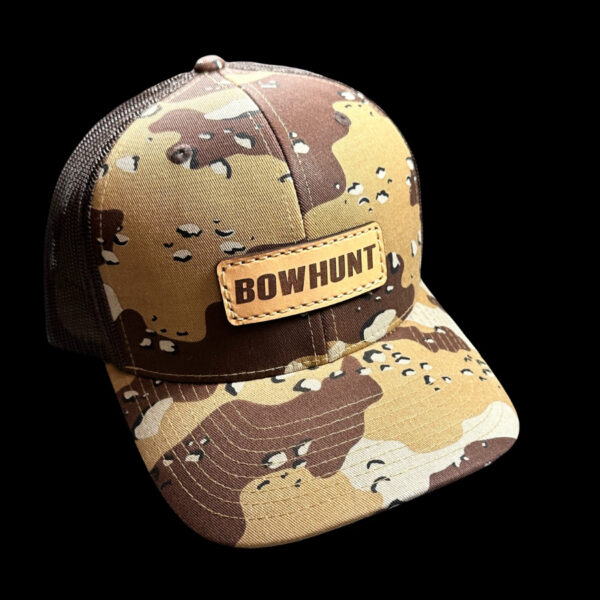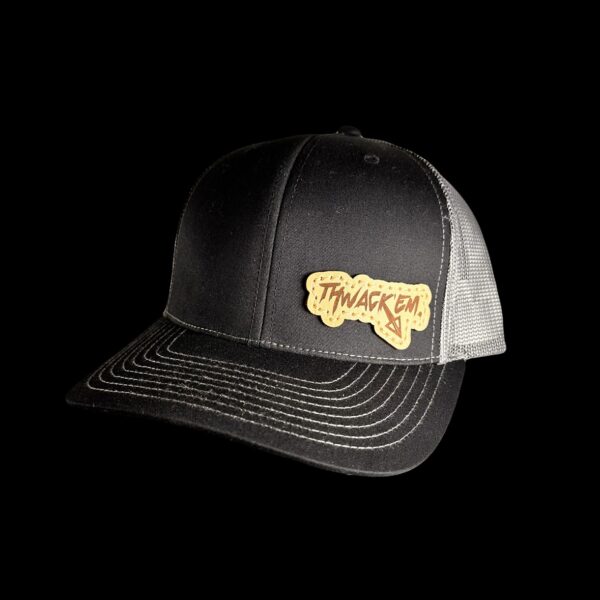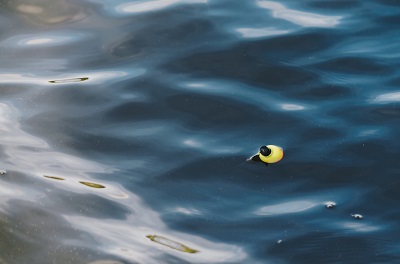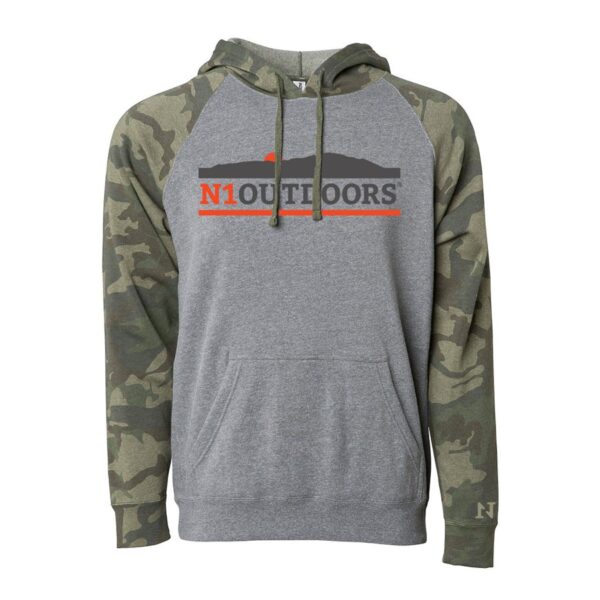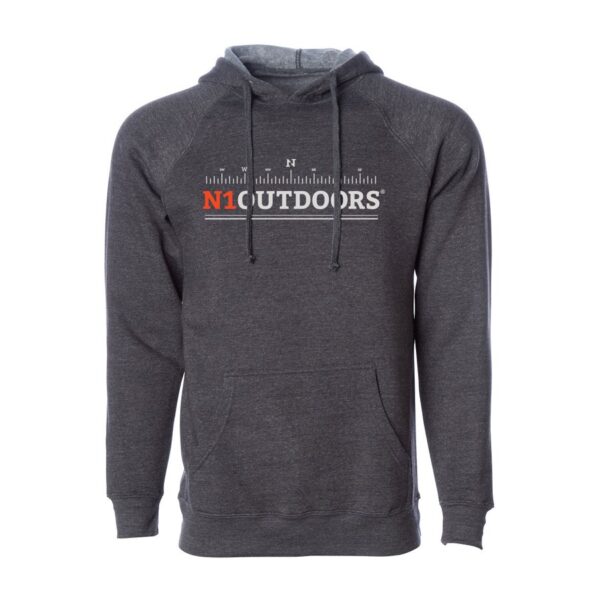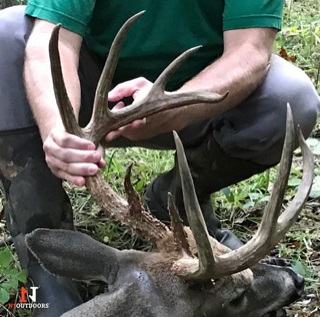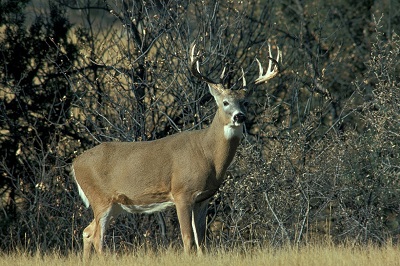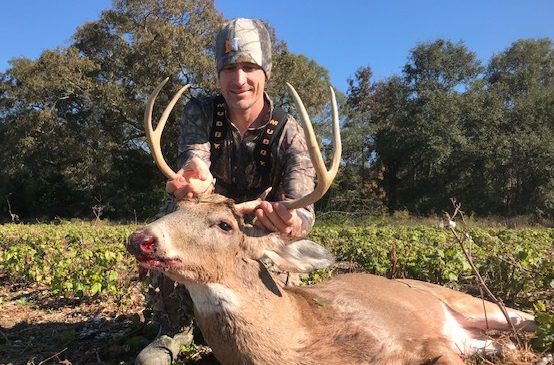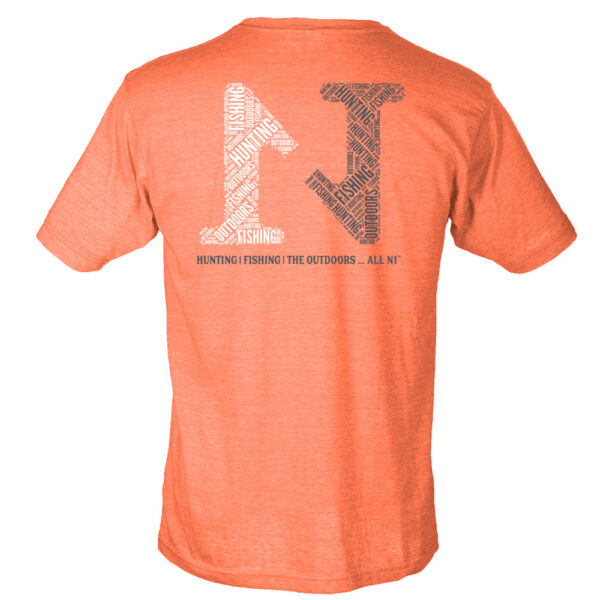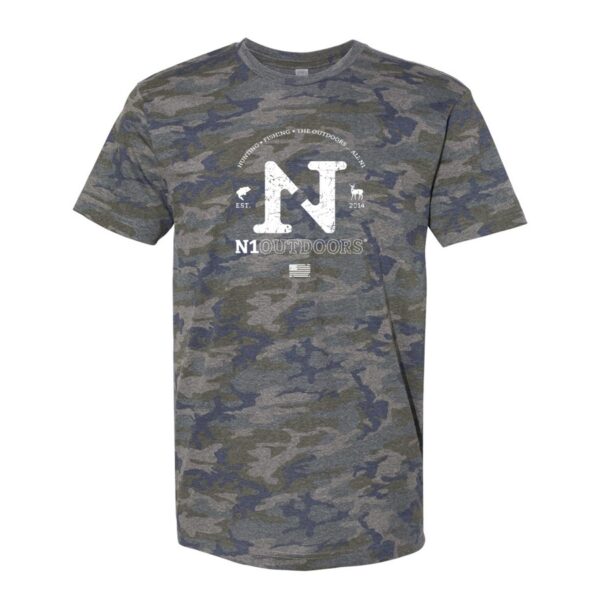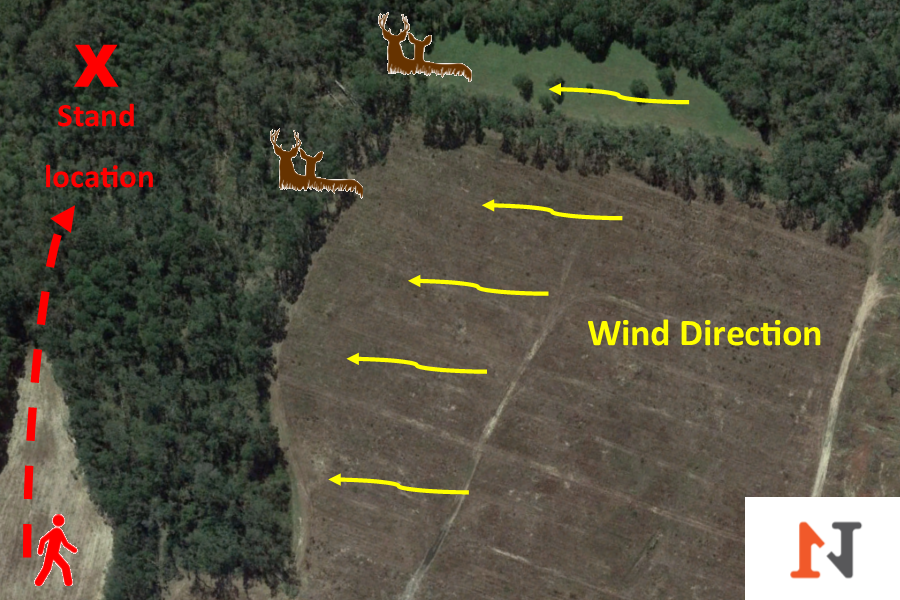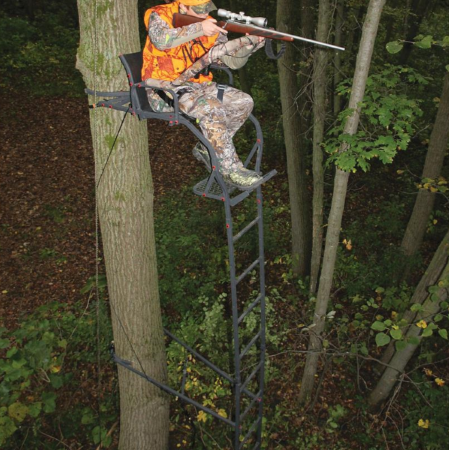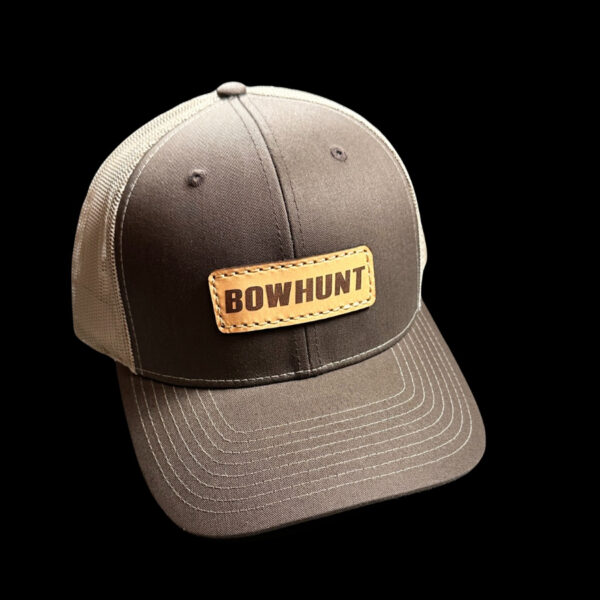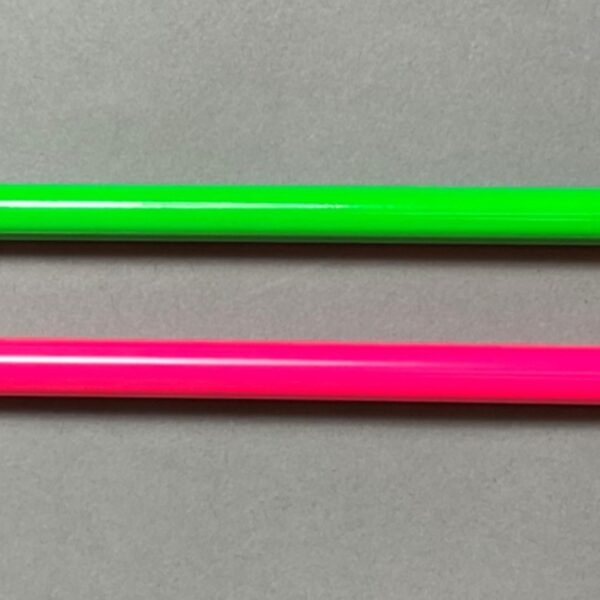The story of the “barefoot buck” was the kind memory that I would have never imagined experiencing in the outdoors.
I used to not even LIKE the outdoors…
(Not) Growing up in the outdoors
For people who know me, they know how unconventional my outdoor story is. Growing up, my parents did not raise me hunting or fishing, and being involved in the outdoors wasn’t something I knew much about. In fact, all my life I was classified as my family’s “girly girl.”
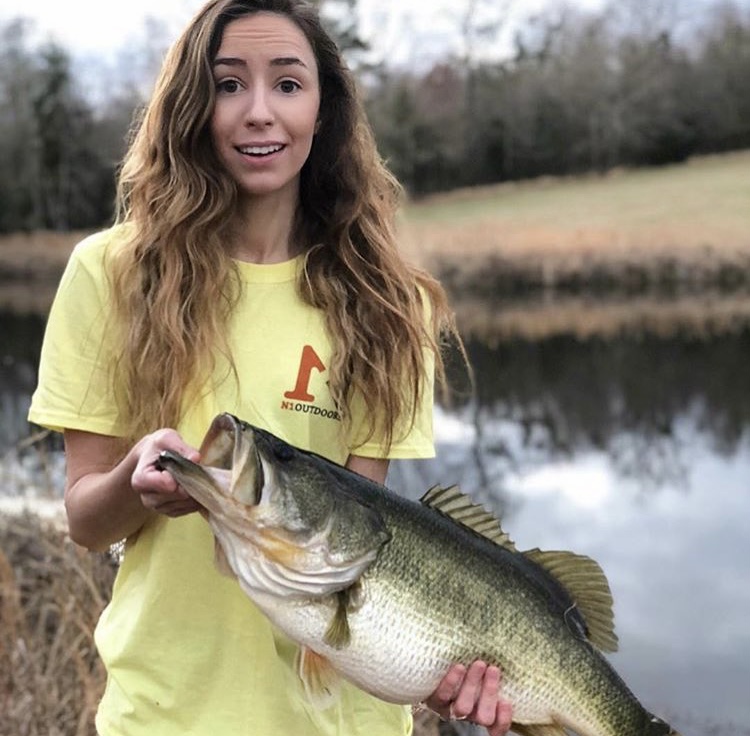
I did not grow up hunting and fishing. In fact, I was a “girly-girl.”
I was a ballerina, then a cheerleader, and on the dance team in middle-school. Oh, and I absolutely loved fixing my hair and dabbling in makeup.
-
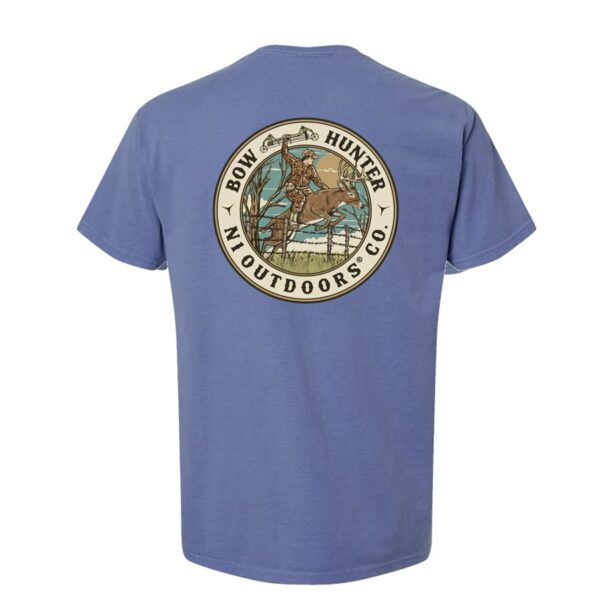
N1 Outdoors® Bareback Bowhunter™ Tee
Price range: $28.99 through $32.99 Select options This product has multiple variants. The options may be chosen on the product page -
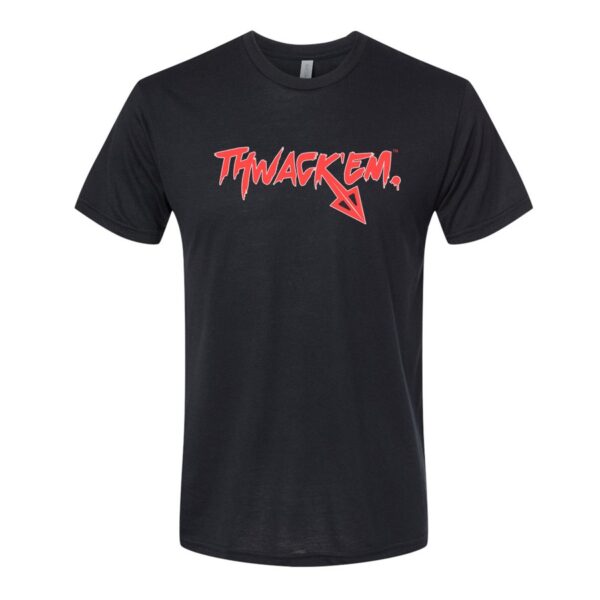
N1 Outdoors® Thwack’Em™ Bowhunting Tee
Price range: $24.99 through $30.99 Select options This product has multiple variants. The options may be chosen on the product page -
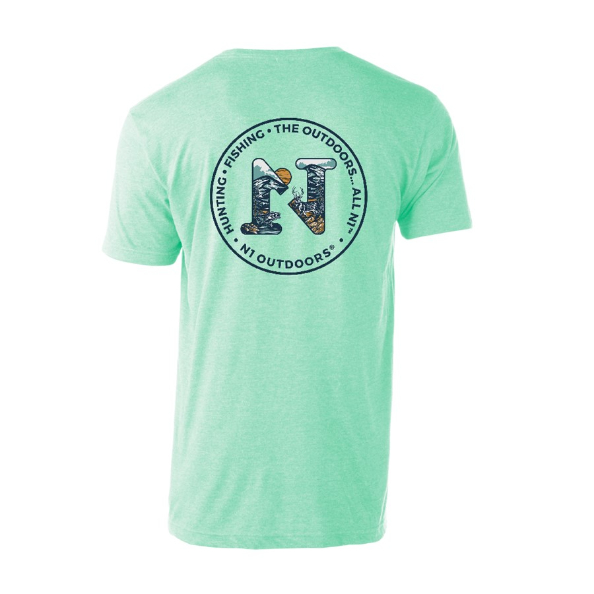
The “Outdoors All N1™” Hand Illustration Tee
Price range: $24.99 through $28.99 Select options This product has multiple variants. The options may be chosen on the product page
Luckily for my poor dad, who has a wife and FOUR daughters, I played basketball, (mainly because, against my mom’s wishes, he convinced me to at the age of eight. Fortunately, I truly loved it and stuck with it every year until I graduated.
I had never hunted a turkey or harvested a deer.
Being called “girly” all my life, and not being introduced to the outdoors, definitely forced me to label myself as “unworthy” of ever trying to fish or hunt.
So, I never did.

My view of those that hunted and fished was skewed by others I considered unethical and egotistical.
I had several friends growing up that hunted, but most of them were pretty unethical and egotistical.
There were many disheartening moments I had witnessed because of them, and unfortunately, it left me with a bitter taste in my mouth toward the outdoor industry.
I started to hate seeing photos of successful hunts and fishing catches. I unfollowed people on social media that expressed their love for hunting. And, I even blocked hunting pages so Instagram’s algorithms would get the point.
The turning point
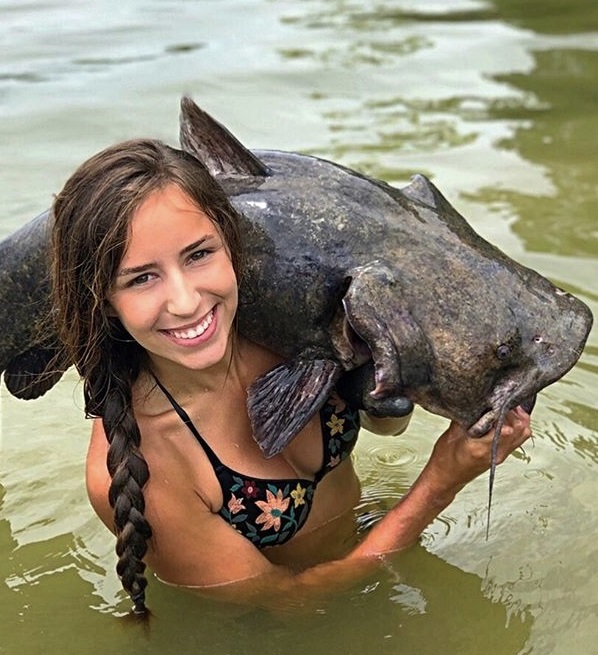
I had hated fishing and hunting (and noodling) for all those years simply because… I didn’t understand it.
Luckily for me, I met someone who was patient enough to challenge my reasoning for hating outdoor sports and the so-called conservationists.
And, after I realized that I did not have any solid answers for him, I figured out that the reason I did not “like” hunting was because I did not understand it… not even a little bit.
As time went on, Cody finally convinced me to at least try it. So, I did… and I have been hooked ever since!
And just when I thought hunting could not get any better than what I had experienced over the previous year-and-a-half, I got to experience an incredible N1 moment… the Barefoot Buck.

Thankfully, I met someone who changed my mind about the outdoors.… and I married him!
Hunting patience
I had sat in this same spot for two weeks straight. I watched and passed over 100 deer in the thirteen days that I hunted this area.
The majority of them were does, but I did have the opportunity to watch several small bucks chase during my hunts. I was starting to get discouraged. So, I mentioned to Cody that I may need to try a new spot if things didn’t start picking up.
Instead of encouraging me to try a different spot, Cody decided to come with me to the same spot, once again.
-
Sale!

Put a Hook N1™ UPF 50+ Redfish Performance Fishing Shirt
$22.00 Select options This product has multiple variants. The options may be chosen on the product page -
Sale!

N1 Outdoors® Compass Tee
$9.00 Select options This product has multiple variants. The options may be chosen on the product page -
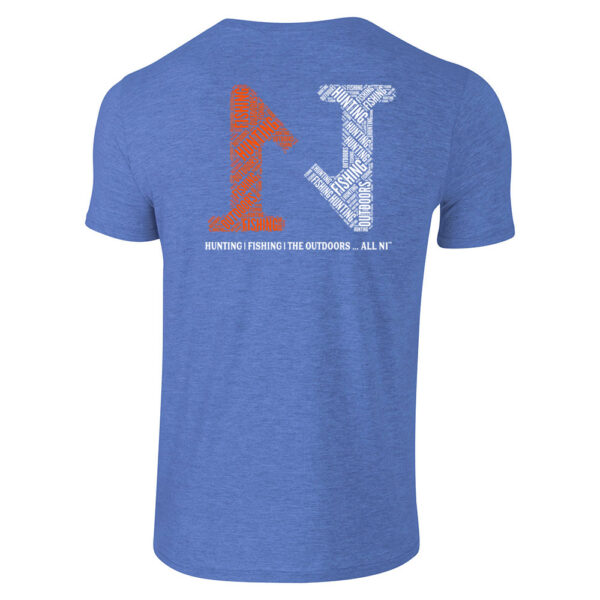
N1 Outdoors® Word Cloud Tee (Heather Royal)
Price range: $22.99 through $28.99 Select options This product has multiple variants. The options may be chosen on the product page
Big buck and barefoot stealth
We sat there, as usual, and watched several does graze and play, and then the occasional spike or young buck that would run them off. But shortly after we got settled, Cody said, “oh my gosh, big buck! Big buck, Alyssa!” He says this same phrase, A LOT.
He loves to get me excited only to tell me that he was “just kidding.” So, naturally, I didn’t believe him.
But when I was rolling my eyes at him, I spotted what he had already seen… a beautiful eight point that we had watched in this field the previous year. In fact, it was the same buck that Cody has missed in the previous year (just saying ?).
Anyway, the buck was well over 300 yards away. But that wasn’t going to discourage us from doing our best to get a shot on him.
We quickly grabbed our guns, ditched out spot, and made our way to the wood line so that we could walk through the trees until we were close enough for an ethical shot.
Cody insisted that we take our shoes off to be quiet, and I was too in shock to argue with him, so we made the 240-yard trek barefooted.
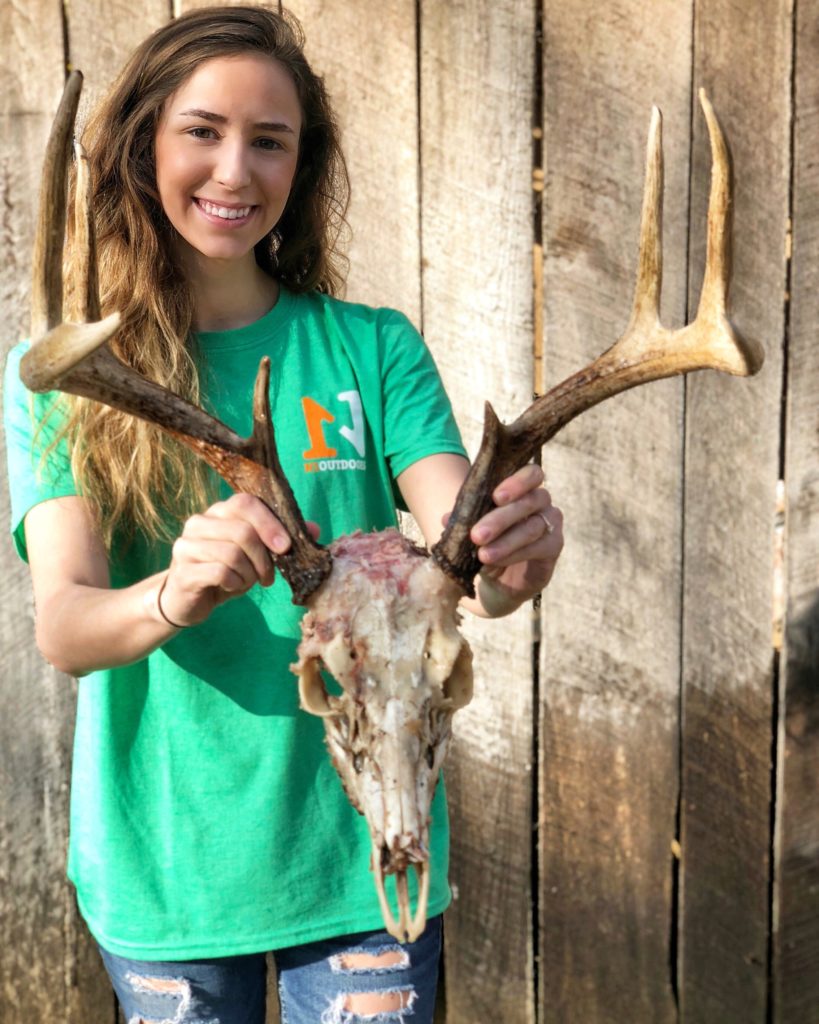
There are so many moments in the outdoors that are unforgettable… and the best are those you can experience with friends and family!
Put your gun on my shoulder
Once we got within 60 yards, Cody decided that we didn’t need to test our luck, so we didn’t go any further.
As both of us were trembling all over and praying to the Lord (not even exaggerating), Cody allowed me to prop my gun on his shoulder so I didn’t have to free-hand my shot. I swear, it didn’t make it any easier.
The adrenaline was rushing through my body and I couldn’t quit shaking to save my life. It took me over ten minutes to shoot the deer, and because of the anxiety during the moment, it felt like it was taking a stinking hour for me to get steady and make the shot.
Finally, the buck forced me to pull the trigger. He looked up at a snorting doe that was down wind from us, and was just about to take off running when I got the guts to pull the trigger.
-
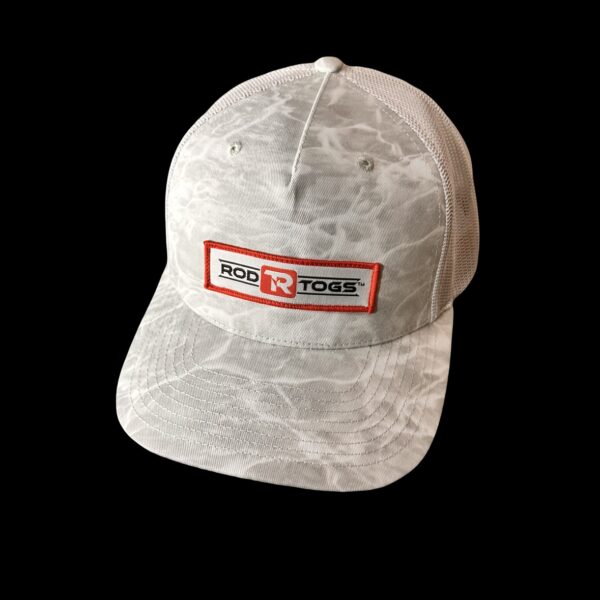
N1 Outdoors® RodTogs™ Patch Trucker Hat (Mossy Oak Elements Bonefish & Light Grey)
$26.99 Select options This product has multiple variants. The options may be chosen on the product page -
Sale!
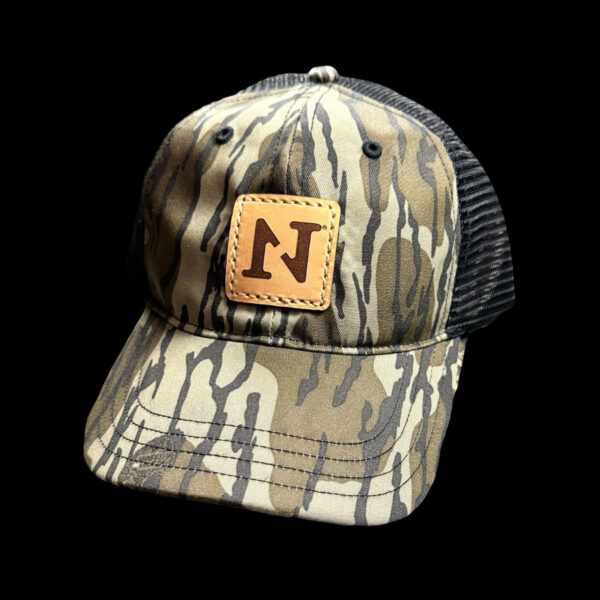
N1 Logo Leather Patch Hat (Mossy Oak Bottomland)
Original price was: $26.99.$19.99Current price is: $19.99. Select options This product has multiple variants. The options may be chosen on the product page -
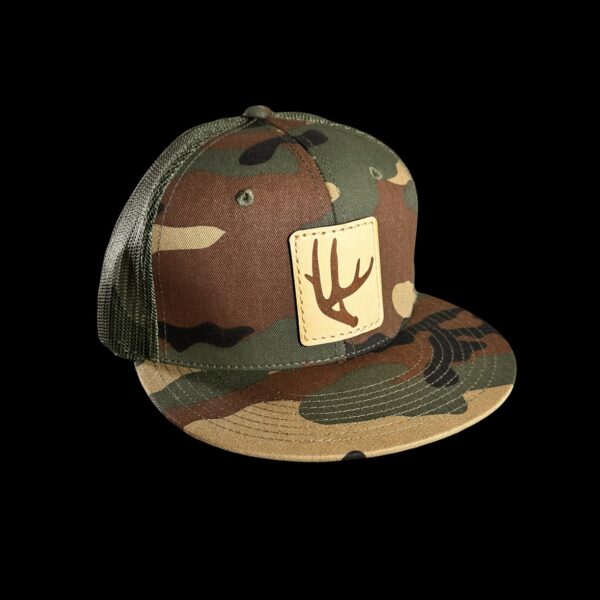
N1 Outdoors® Woodland Camo Deer Antler Flat Bill Hat
$29.99 Select options This product has multiple variants. The options may be chosen on the product page
The Barefoot Buck Goes Down
He ran, which was super hard to watch because that left me wondering if my shot was accurate and fatal. But instead of worrying, I hit my knees and cried.
I was so thankful, so excited, so anxious, and so completely overwhelmed. But mostly, I realized how rare and unforgettable this moment was and how lucky I was to experience it with my best friend.
We both sat there smiling, shaking, and laughing as we replayed the whole thing over and over.
After we let some time pass, Cody decided it was okay for us to go look for some blood… which we never recovered.
After frantically searching the area for just a single drop of blood or a strand of hair, and coming up with NOTHING, we decided to just move on to where we last saw him in the wood line.
Once we got there, there was no need to search any further… he was right there.
I can honestly say that moment was one of the best moments I have ever experienced; excitement, adrenaline, fear, and thankfulness… all N1.
You can follow Aly on Instagram: @alyfromalabama

